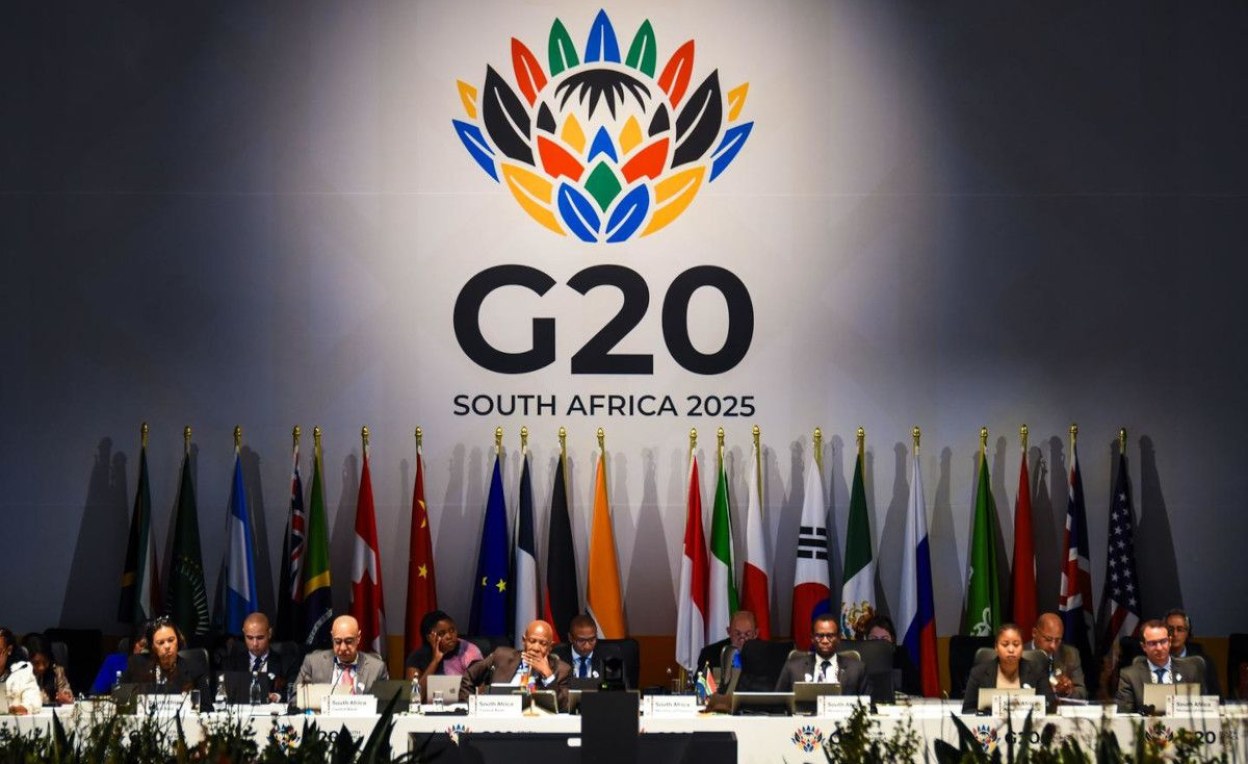Adam Levine-Weinberg
The A380 is on life support
Airbus’ A380 jumbo jet was never a strong seller, but it has fallen even further out of favor as the availability of more-efficient small and medium widebodies like the Boeing 787 and Airbus A350 has grown. Airlines have recognized that it is generally more profitable to operate two flights on smaller aircraft, if demand warrants it, rather than a single A380 flight.
As a result, between 2014 and 2018, Airbus brought in a grand total of 17 net orders for A380 jets. (And that includes the 20-aircraft order from Emirates that is now at risk of being canceled!)
This left Airbus with just 87 A380 orders in its backlog at the end of 2018. However, this total includes a substantial number of “zombie orders” from customers that have no intention of ever taking delivery of these A380s. Realistically, the backlog consists of three orders from Japan’s ANA and 53 orders from Emirates — and that’s it. ANA will receive its A380s this year, after which Emirates will be the only fully committed A380 customer remaining.

British Airways has recently expressed some interest in acquiring additional A380s, but it’s not likely to be a big enough number to move the needle in the long run. Thus, if Emirates wavers in its commitment to the A380, it’s probably game over for the jumbo jet.
Emirates is running out of patience
Several years ago, Emirates switched to Rolls-Royce as its engine supplier for the A380, based on a commitment that the latter would deliver fuel efficiency improvements. However, Emirates has complained from day one that the Rolls-Royce engines didn’t live up to their billing.
This existing dispute has made it difficult for the two sides to finalize an engine order to go along with Emirates’ latest A380 deal. Airbus and Emirates are reportedly discussing converting the latest A380 order to Airbus’ smaller A350 or A330neo jets. Airbus issued a terse statement in response to these reports: “[Airbus] confirms it is in discussions with Emirates Airline in relation to its A380 contract. The details of Airbus’ commercial discussions with customers remain confidential.”
Converting the A380 order to A350s or A330neos would ensure that Airbus keeps some business from Emirates. (The same is true for Rolls-Royce, which supplies the engines for both of those smaller widebodies.) However, Emirates’ waning interest in the A380 has forced Airbus to seriously consider winding down A380 production.
Does Emirates really need more A380s?
The A380’s high operating costs are becoming particularly problematic for two reasons. First, Emirates’ main airline subsidiary reported that profit plunged by 86% to $62 million in the first half of its current fiscal year, putting its profit margin for that period at less than 1%. Second, the Boeing 777-9, the larger member of the 777X family, will make its debut next year. The 777-9 will be the largest twin-engine plane on the market — and probably also the most cost-efficient.
The argument in favor of the A380 has always been that it is necessary to provide additional capacity in slot-constrained markets. However, Emirates only flies to a handful of airports where slots are truly scarce. It already has more than enough A380s to do the job — and with an average age of just five years, these A380s can remain in its fleet for many years to come.
For most markets, Boeing’s 777X family would probably produce better financial results. Emirates already has 150 on order.
Importantly, London’s Heathrow, arguably the most important slot-constrained airport, is planning to add a third runway within the next decade, which would enable more flights. Meanwhile, Emirates is scheduled to shift its operations from Dubai International Airport to the much larger Al Maktoum International Airport sometime around 2030. That will give it plenty of space to operate more flights at its hub.
Thus, Emirates’ need for the A380 is steadily fading. The only question now is whether Airbus and Emirates are finally ready to admit that there’s no reason to keep producing the jumbo jet for another decade or more.






































Leave a comment